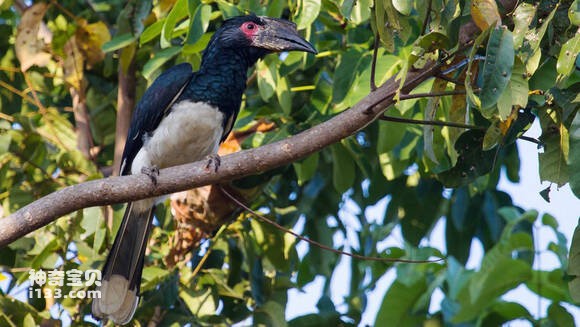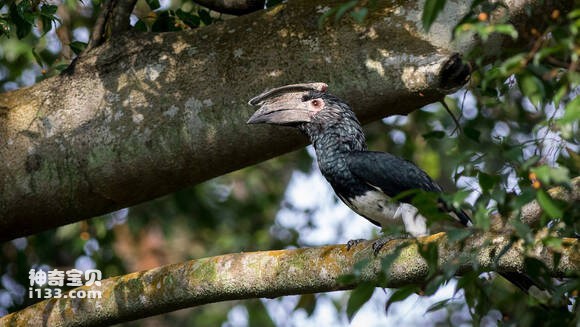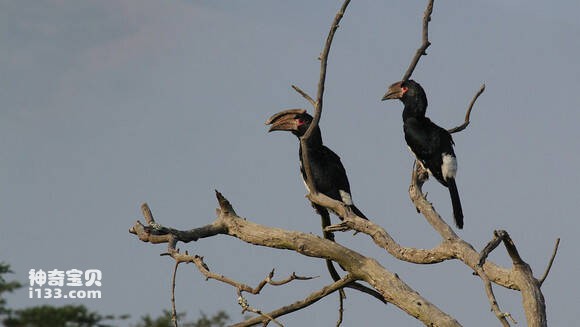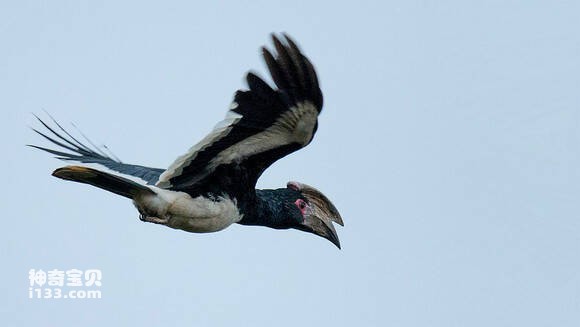Bycanistes bucinator
IUCN
LCBasic Information
Scientific classification
- name:Bycanistes bucinator
- Scientific Name:Bycanistes bucinator,Trumpeter Hornbill
- Outline:Climbing birds
- Family:
Vital signs
- length:58-65cm
- Weight:452-941g
- lifetime:30-50 years
Feature
The mouth has a large, long, curved helmet
Distribution and Habitat
It is found in eastern, central and southern Africa.
Appearance
Male 65cm, female 58cm. Females 452-670g, mean 565g; Male 607-941g, average 720g.
A well-built woodland hornbill. The mouth has a long and curved large helmet, the body feathers are slightly like the coronated hornbill in China, mainly black, and the abdomen, leg feathers, flight feather tip and outer tail feathers are white. Both sexes have similar plumage, with males having larger helmets
Details
The scientific name of the Hornbill is Bycanistes bucinator, or Trumpeter Hornbill, a bird of the genus Trumpeter Hornbill.

The scientific name of the hornbill is Bycanistes bucinator, or horn hornbill, belonging to the genus Horn Hornbill. Hornbills feed on fruit from trees (especially figs), which accounts for 89% of their total intake, and are the largest obligate frugivore in South Africa, as well as insects, eggs, and nestlings.

Hornbills usually live in small groups and are boisterous. In the off-breeding season, large flocks of both young and adult birds are formed.

Like most hornbills, noisy hornbills breed in natural hollow trees, where the female is sealed with mud, leaving only a small hole for feeding, and the male is responsible for feeding. Six months after emerging from the shell, the young bird becomes independent.

Listed on the International Union for Conservation of Nature (IUCN) Red List Protection Level: Not Threatened (LC).
Protect wild animals and eliminate wild meat.
Maintaining ecological balance is everyone's responsibility!








